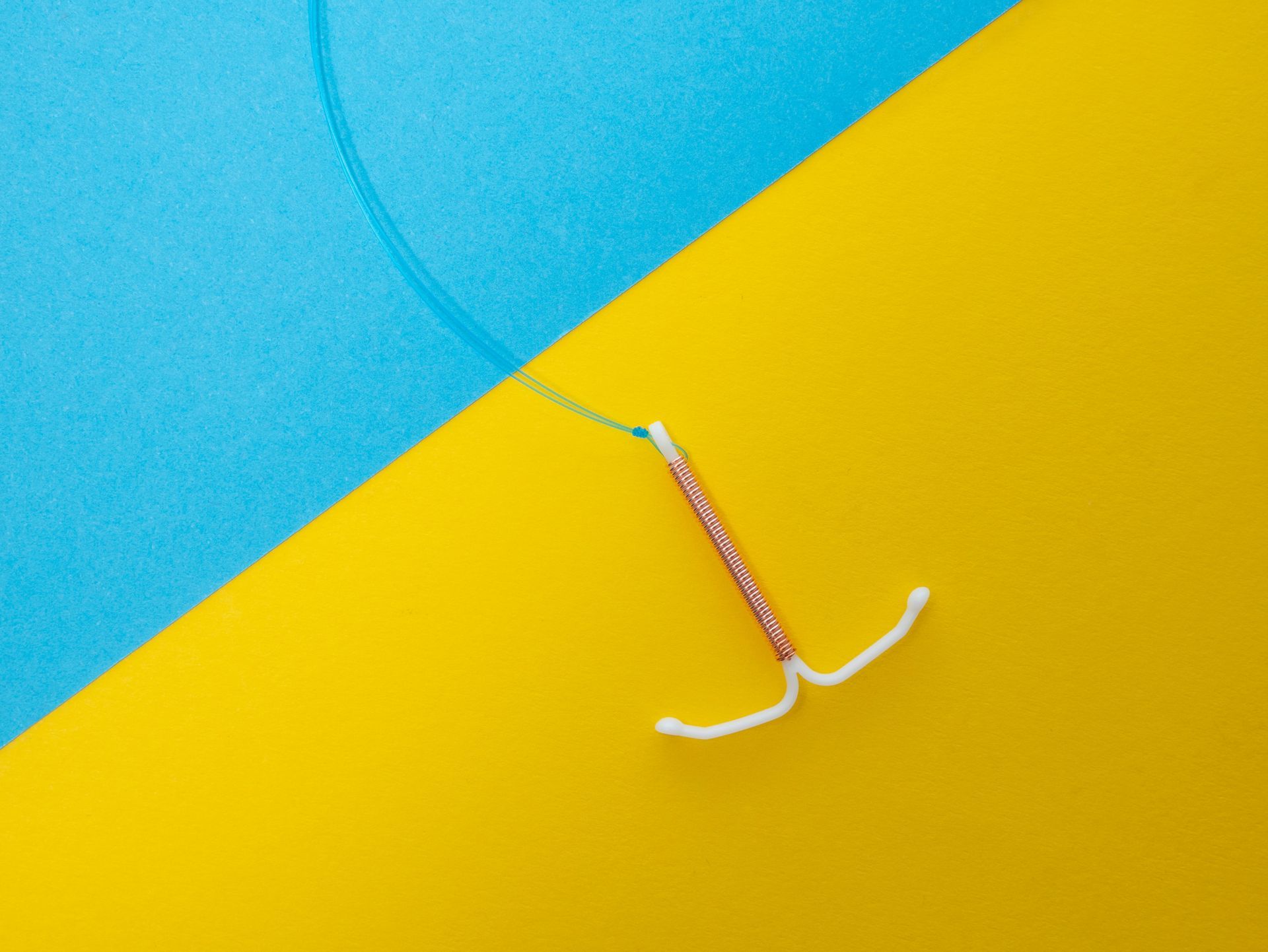How effective and reliable is a copper IUD at preventing pregnancy?
If you are considering using an intrauterine device (IUD) as your form of birth control, you have a couple of choices, including a copper IUD. The obvious question you might have is can a copper IUD provide effective contraception?
It is, after all, a very different type of device. Unlike a hormonal IUD or oral birth control, it does not use hormones to affect ovulation. Before making your choice, you should learn more about copper IUDs and what makes them effective.
Learn More About Copper IUDs
A copper IUD is a long-term form of contraception and an effective way to prevent pregnancy. It is also a nonhormonal method of birth control, so it doesn't rely on synthetic hormones to control ovulation. That means they don't affect your mood the way hormonal forms of birth control will.
The device is about the size of a quarter, and a doctor inserts it into the uterus, where it can stay for many years. The IUD is made of plastic but has a coil of copper that works to prevent pregnancy.
How Does a Copper IUD Work?
Copper IUDs are much less complicated than other forms of birth control. Its job is to make the uterus a place sperm don't want to stay. The copper releases ions that change the uterus lining and alter the cervical mucus. The combination makes the environment inhospitable for the sperm.
Sperm are also repelled by copper, almost like two magnets. That changes the swim pattern of the sperm, so they go away from the uterus. That way, when the egg shows up, there is no sperm to fertilize it.
How Effective are Copper IUDs?
The real question is do they work as well as oral contraception and hormonal birth control. They are more effective based on research. A copper IUD is 99 percent effective. That means, in every 1,000 users, only five may get pregnant. Compare that to other types of birth control:
- Hormonal shots – 94 percent
- Oral contraception – 91 percent
- Hormone patches or rings – 91 percent
Even condoms sometimes break, making them only 85 percent effective. Copper IUDs work well because they have an almost foolproof design. The copper acts to ward off sperm naturally. They don't rely on chemicals or someone remembering to take a pill.
What is the Difference Between a Copper and a Hormonal IUD?
A copper IUD does not use hormones to protect you against pregnancy. Instead, the copper does that by repelling the sperm.
A hormonal IUD is similar to oral birth control or shots like Depo. The goal of the hormone is to stop ovulation. That means an egg never comes down the fallopian tube for fertilization. Unfortunately, the hormone can have uncomfortable and dangerous side effects for women.
A copper IUD doesn't use the hormone, so the side effects are less dramatic. Some women experience short-term spotting or cramping. However, it typically doesn't last.
What About Emergency Contraception?
They are a go-to choice for emergency contraception, too. If the IUD placement is complete within five days after unprotected sex, they can stop fertilization at the same rate of efficiency – 99 percent.
Long-Term Safety and Efficacy of Copper IUDs
A copper IUD is a practical choice for contraception. It works within five days of insertion and provides better protection than other forms of birth control. It goes in quickly and stays in for years.
Over time the copper can dissolve, affecting the effectiveness of the device. This is why your healthcare provider will discuss how long you should leave it in place.
Most women choose to take them out at some point, usually because they decide to get pregnant. You can be assured it will last longer than five years, though. Copper IUDs offer you long-term contraception solutions. Even after it loses effectiveness over many years, you can simply insert a new one.
How long you keep the IUD in is between you and your healthcare provider. They can stay in for up to 10 years, depending on the laws where you live. A hormonal IUD will only be effective for three to five years.
Are Copper IUDs the Right Birth Control for Me?
Only you and your healthcare provider can make that decision. Copper IUDs are an effective way to prevent pregnancy, one that comes with few side effects or risks. It is a practical choice for anyone who wants birth control but not the hormones and body changes that can go with it.
It may not be the right choice for everyone. Someone would not be a good candidate for a copper IUD if they have the following:
- Uterine fibroids or another abnormality
- Pelvic inflammatory disease (PID)
- Unexplained bleeding
- Accumulate too much copper, such as Wilson's disease
If you choose a copper IUD, it takes just minutes to insert and will provide 99 percent protection without using hormones. It won't protect you against sexually transmitted diseases (STDs). Most forms of contraception do not offer that protection. If you are at risk for an STD, you will need to use a condom whether you have a copper IUD or not.
How Do You Know if the IUD is Working?
Your uterus can expel an IUD. One way to check that it is still in place is to squat, insert your finger into your vagina, and feel your cervix. It should feel firm and rubbery if the IUD is there.
Also, copper IUDs have strings attached that allow for their removal. You should be able to feel the strings. Be sure not to pull on them, though. As long as the IUD is in place, it should be working. Take note of where the strings are and recheck them at some point to see if they have moved. That might be a sign the IUD is out of place.













